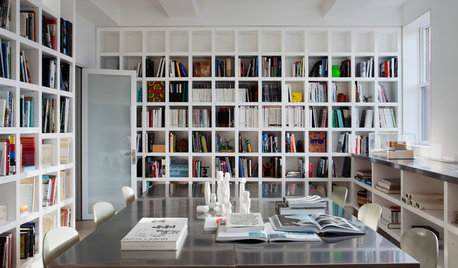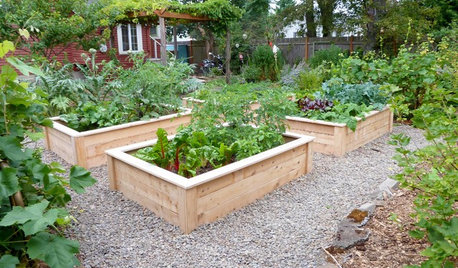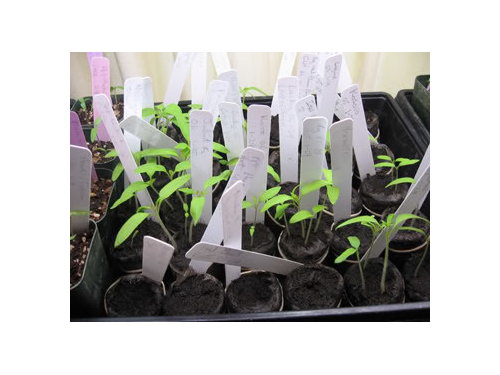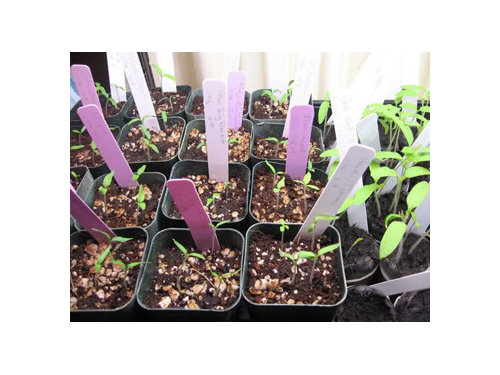2 seed starting methods & media
hemnancy
15 years ago
Related Stories

HOUSEPLANTSHow to Grow Orchids Indoors
Orchids are the exotic aristocrats of the flower world and can make themselves comfortable in almost any home
Full Story
GARDENING GUIDESHow to Stop Worrying and Start Loving Clay Soil
Clay has many more benefits than you might imagine
Full Story
FARM YOUR YARD6 Things to Know Before You Start Growing Your Own Food
It takes time and practice, but growing edibles in the suburbs or city is possible with smart prep and patience
Full Story
GARDENING GUIDES10 Tips to Start a Garden — Can-Do Ideas for Beginners
Green up your landscape even if you're short on time, money and knowledge, with these manageable steps for first-time gardeners
Full Story
GARDENING GUIDESGet a Head Start on Planning Your Garden Even if It’s Snowing
Reviewing what you grew last year now will pay off when it’s time to head outside
Full Story
ARCHITECTUREDesign Practice: How to Start Your Architecture Business
Pro to pro: Get your architecture or design practice out of your daydreams and into reality with these initial moves
Full Story
MOST POPULARHow to Start a Cool-Season Vegetable Garden
Late summer and late winter are good times to plan and plant cool-season crops like salad greens, spinach, beets, carrots and peas
Full Story
GARDENING GUIDES12 Tips to Help You Start an Edible Garden
Get on your way to growing your own vegetables with a raised bed or a few containers on the patio
Full Story
HOME TECHSave Your Decor — Hide Your Media Stuff
When you tuck boxes, wires and speakers into walls and ceilings, all you'll notice is your favorite shows or music
Full Story
GARDENING GUIDESThe Beauty of Bare-Root Plants
Plant dormant trees and shrubs in fall using the easy, affordable bare-root method and enjoy beautiful results in spring
Full Story







digdirt2
dave1mn2
Related Professionals
Essex Landscape Architects & Landscape Designers · Salem Landscape Architects & Landscape Designers · Wareham Landscape Architects & Landscape Designers · Anderson Landscape Contractors · Clark Landscape Contractors · Edinburg Landscape Contractors · Fridley Landscape Contractors · Kahului Landscape Contractors · Lebanon Landscape Contractors · Streamwood Landscape Contractors · Asheboro General Contractors · Conway General Contractors · McPherson General Contractors · Winton General Contractors · Oak Ridge Decks, Patios & Outdoor EnclosureshemnancyOriginal Author
bluemater
digdirt2
hemnancyOriginal Author
tn_veggie_gardner
tn_veggie_gardner
brainray
hemnancyOriginal Author
fusion_power
mickyfinn6777
joachim_ct
hemnancyOriginal Author
tn_veggie_gardner
hemnancyOriginal Author